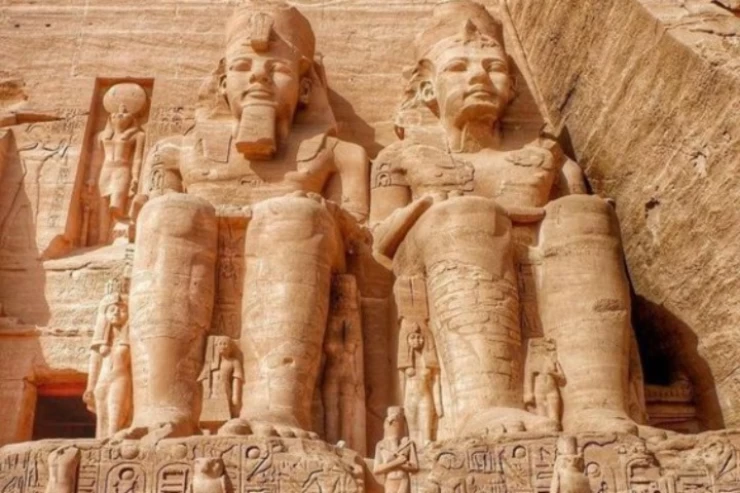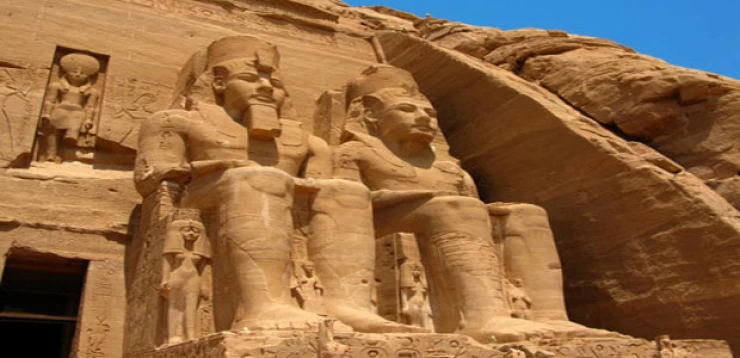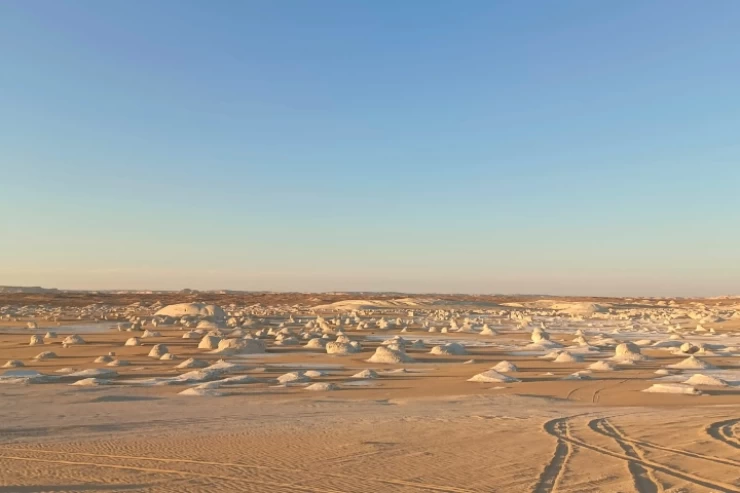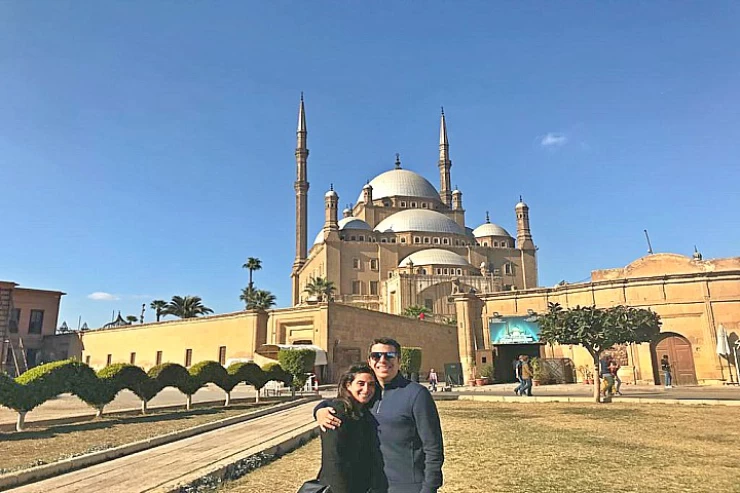
Ehnasia, capital of the Pharaohs
Capital of the Pharaohs
A powerful dynasty emerged in the Ahnasia region at the entrance to the Fayoum depression in Beni Suef governorate, which was able to establish the ninth and tenth dynasties and extend its influence over the provinces of Central Egypt and the Delta. However, the “Ahnasia Dynasty” did not succeed in restoring unity to the country, as they were rivaled by a strong family that appeared in Thebes (Luxor today) and its rulers were able to eliminate the tenth dynasty in Ahnasia, and establish a new dynasty, the Eleventh Dynasty, which begins the era of the Middle Kingdom.
Heracleopolis regained its status among the major capitals during the Tertiary period because of its strategic position on the political map of the time: It already dominated the area adjacent to the lands belonging to the priests of Amun (in Upper and Middle Egypt up to Heba). Libyan leaders had been in complete control of its fortresses and defense strongholds since the time of the Raamasa.
When they came to power in the 22nd Dynasty), they made sure that their sons were given the major local positions (such as priestly duties for the god Hrei Shaf and the presidency of the sector founded by King Osirakon I at the entrance to the Fayoum). Those who enjoyed these major positions were able to establish themselves as pharaohs during the period of the Ethiopian invasion.
The joint Egyptian-Spanish mission found an archaeological tomb dating back to the first transition era 2260-2050 BC, containing a group of tombs in the city of Ahnasia in Beni Suef Governorate, 150 kilometers south of Cairo, a city that was formerly called Herakleopolis in the Greek era, according to the Egyptian-Spanish mission.
Dr. Zahi Hawass, Secretary-General of the Supreme Council of Antiquities, said in a press release that the Egyptian-Spanish mission was able to uncover a tomb located at a depth of six meters from the surface of the earth, built of limestone and decorated with religious paintings in red.
He said that although there is a depiction of the owner of the tomb in religious areas on the tomb's gate, his name has not yet been found. A limestone tomb of a person named Meri was also found with a large door inside, in addition to an adobe tomb and a set of stone doors, known as phantom doors, belonging to a person named Kheti and his wife Meret.
Another tomb belonged to the priest and the holy father Ebi, and it contains a group of small statues known as Ushabti and utensils for entrails, namely Canopic utensils.
It is noteworthy that the city of Ahnasia is very famous of a religious nature in ancient Pharaonic history, as it was the scene of the ancient Pharaonic legend of the Hulk of the Navy, and was the seat of temples during the Ninth, Tenth and Twelfth Dynasties and during the New Kingdom and Greco-Roman eras.


















